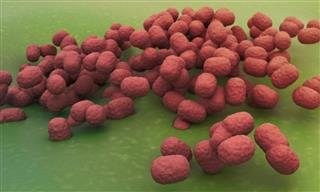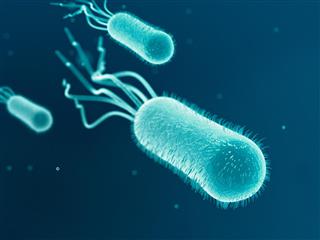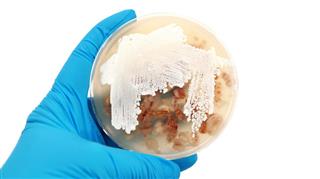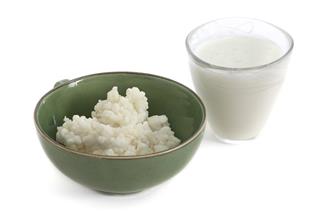
Streptomyces, lactobacillis and E. coli are some examples of helpful bacteria. To know more about the species of beneficial bacteria, read on.
Since childhood, we have been taught that bacteria are harmful to health. Although, this information passed from one generation to another is correct, it is incomplete as good bacteria also exist. Helpful and harmful types of bacteria are both present but very few people know about the beneficial bacteria.
Following are some examples of good bacteria:
Lactobacillus Acidophilus
Dairy products like yogurt are prepared by exposing milk to lactobacillus acidophilus bacteria. The bacteria reside in our small intestine. Their presence in adequate amounts is very important as the body completely depends upon lactobacillus acidophilus for the manufacturing of vitamin K and other infection fighting agents.
However, when the population of lactobacillus acidophilus decreases below the normal range, the person is likely to fall prey to various infections. Taking home-made yogurt on a daily basis is the best way to keep lactobacillus acidophilus population in the normal proportion.
Streptomyces
They are referred to as ‘good bacteria’ because prescription antibiotics used for the treatment of various bacterial infections, are manufactured with the help of streptomyces. The use of streptomyces is not just limited in the synthesis of antibacterial agents. Bacteria belonging to the class of streptomyces are also utilized to make antifungal agents and other medicines such as immunosuppressants that are recommended for the treatment of autoimmune disorders.
Rhizobium
Rhizobium is a soil bacteria that does an important job of supplying ammonia to plants. It is a known fact that plant growth is not possible without ammonia. Ammonia is an excellent nutrient source for the plants. Unfortunately, the amount of ammonia present in the atmosphere is not enough for the plants to survive.
However, nitrogen and oxygen is abundantly present in the atmosphere. So, in order to fulfill the nutrient requirements of plants, rhizobium bacteria uses oxygen in the atmosphere to convert nitrogen into ammonia. This process is known as nitrogen fixation, which allows plants to grow properly. Hence, microbes belonging to the class of rhizobium, are also referred to as nitrogen-fixing bacteria.
E. coli
E. coli acronym for Escherichia coli come in the list of helpful bacteria examples. Why? Simply because it plays an important role to digest the ingested food. Basically, a considerable amount of E. coli population stays in the large intestine (colon). Colon is that part of the body where most of the digestion occurs. The bacterium E. coli releases enzymes (complex proteins) that help to promote better digestion.
The enzymes secreted by the E. coli assist to speed up digestion. Besides increasing digestion power, E. coli also contribute to manufacture two essential nutrients that include vitamin K and vitamin B12. In fact, the synthesis of vitamin K and B complex vitamins like B6 and B12 in our body is due to the presence of E. coli. Keep in mind that there are different strains of E. coli and not all provide health benefits. Some can be really nasty and exposure to these can cause intestinal problems like diarrhea.
Good Bacteria List
Following is the list of beneficial bacteria that promote health are given below:
- Lactobaccilus Acidophilus
- Lactobacillus Rhamnosus
- Bifidobacterium
- Bacillus Coagulans
- Lactococcus Lactis
- Lactobacillus Reuteri
- Escherichia Coli
These are some of the species of bacteria that have been instrumental in keeping our health in good shape. Bacteria like rhizobium ensure that the plants are not deprived of adequate nitrogen, thus creating a conducive environment for their growth and nourishment.





